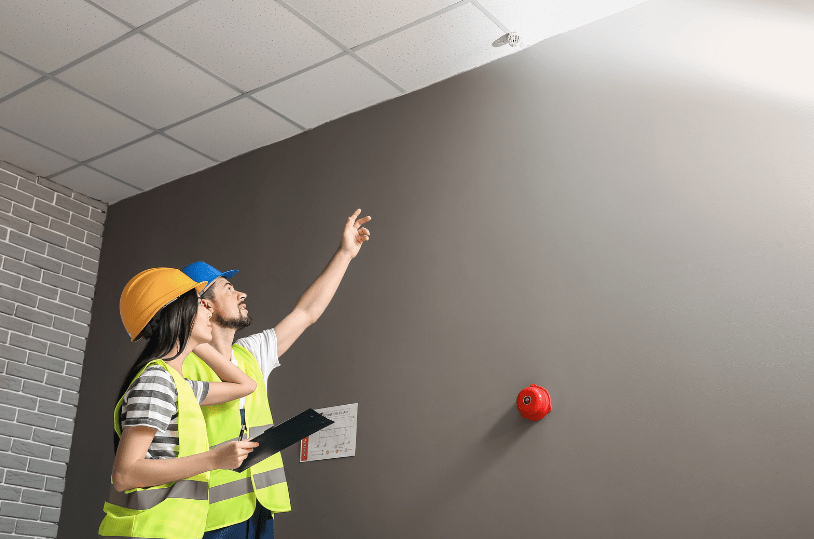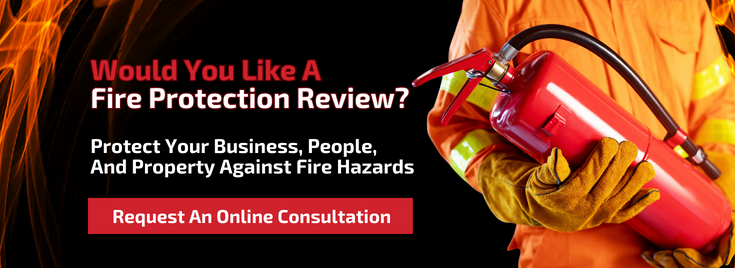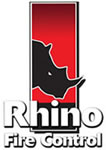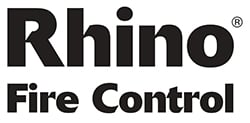
Resources And Tools To Keep Up To Date With The Latest Requirements On Fire Safety Installation And Procedures
With the right equipment and precautions, most fires can be dealt with quickly and safely, preserving life and property. Regulations for fire safety installations are periodically updated to ensure that the latest technologies and techniques are employed across commercial and industrial buildings. It's important to keep up to date with these requirements to remain compliant.

Fire safety legislation
The Regulatory Reform (Fire Safety) Order 2005 (FSO) is the legal codification that governs fire safety for commercial premises in England and Wales, and puts legal obligations on whoever is in control of the relevant buildings.
The most recent supplement to this legislation is the Fire Safety Act 2021, which notes that building structures, fire doors and apartment entry doors all fall under the jurisdiction of the FSO. As a manager, you should review these documents regularly to improve fire safety across your facilities.
Though it is the most important and wide-ranging, the FSO is, however, not the only piece of legislation that covers fire safety. Health and safety managers also need to be aware of the Furniture and Furnishings (Fire) (Safety) Regulations 1988 and should pay attention to the Gas Safety (Installation and Use) Regulations 1994 and Electrical Equipment (Safety) Regulations 1998.
The importance of fire safety installation
Besides being a legal requirement, adequate fire safety installation plays an essential role in maintaining the safety and well-being of buildings' users. Fire detection and alarm systems can detect evidence of the outbreak of fire and give early warning to employees within the building. There is a range of equipment to match different types of buildings and their usage patterns.
Smoke detectors may use a variety of sensing technologies to achieve their end: ionisation, optical (or photo-electronic) heat or a combination of these. The choice typically depends on the installation location. Areas like workshops, commercial kitchens, production areas, and storage rooms are well-served by heat sensors, while public corridors or rooms more usually use heat, ionisation or optical smoke alarms.
Installation standards
In addition to the legal requirements in the FSO, there is a British Standard for fire safety installations in non-domestic buildings. BS 5839-1:2017 sets out all aspects of fire safety installations, from commissioning to design, deployment and maintenance. The standards give guidance on what kind of devices are necessary and how to place and configure them for the best effect. Adherence to these standards brings confidence to building users as well as owners and managers.
Tools and resources for the responsible person
Any building covered by the FSO must have a designated responsible person. This may be the owner, facilities manager, tenant business, or a third party tasked with managing the property. Responsible persons should develop a set of resources and tools to manage their requirements. Demands begin prior to systems installation with assessments of the risk to people within the building. The assessment must include specific provisions for vulnerable people or those with mobility issues. Particular fire risks should be removed where possible or otherwise addressed to lessen their severity.
The responsible person must also produce an emergency plan, including evacuation procedures. These must be well-known to building users or inhabitants. Following the installation of protection and detection systems, building users must be informed of safety provisions and practices and encouraged to comply with the FSO.
Next steps
Rhino Fire Control can help you stay safe and up to date with fire regulations. For more information, please contact us today.

Image source: Canva


